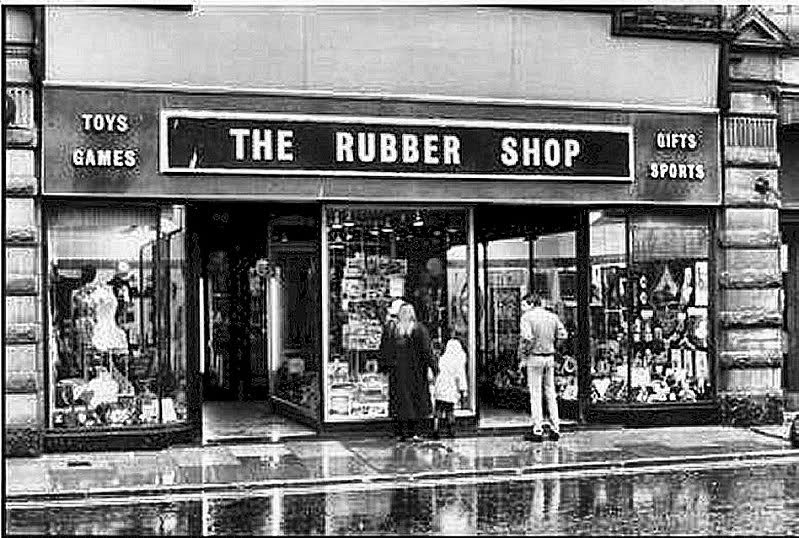SPOILER ALERT -
This posting is dripping with nostalgia -
jokes about which are of course not quite what they used to be.
Fantasy Bob mis-remembered it at first.
 |
| Rohan Kanhai - no known views on the Aberdeen hot tub controversy |
His eye had been caught by the headline on the BBC news website telling him that plans for a bucking bronco in an Aberdeen bar were causing controversy.
Not only was a bucking bronco being proposed by the enterprising bar owner but also a hot tub. Could this be the type of initiative that was required to stimulate bar revenues at go ahead Edinburgh cricket club Carlton?
FB noted that Aberdeen's police force had objected to the proposal in no uncertain terms, “It is the opinion of the chief constable the use of a hot tub and a bucking bronco in a licensed premises is entirely unsuitable for the safety and well being of the public.”
But Carlton's cricketers are not the public, and surely they would treat with respect such facilities designed to give them therapeutic benefits after extended spells up the hill against the wind.
While FB dwelt on these important matters of public policy, he spotted the photograph of the bar in question in Aberdeen's Bridge Street. A wave of nostalgia hit him.
Surely this was the site of Simpson's Sports Emporium where FB had purchased - or more accurately had purchased for him - his first full size cricket bat? A more significant rite of passage than long trousers and shaving - a full size cricket bat was a clear indication of manhood.
It still shines in FB's memory - a beautiful creation of the Slazenger company bearing the endorsement of the great Rohan Kanhai, who had only few years previously been the pro at Aberdeenshire CC. FB can still feel its grip in his young hands and smell the freshly oiled surface. It gave him many years of faithful service, although sadly and inexplicably he was never able to replicate Khanai's deftness of touch with it. Perhaps he should have sought his money back.
There was nothing like the thrill of entering Simpson's Sports Emporium (under parental escort). A wide range of essentials for his young life - rugby boots, football boots, scrum cap, shirts shorts and trunks - even a table top snooker table - were sourced from this Aladdin's cave.
Aberdeen's other main sports store of this era was the wonderfully entitled Rubber Shop. Even in those innocent days this name must have excited sniggers. FB recalls transactions there concerning his defective model railway but, whatever else might have been available, has no memory of cricketing equipment being prominent in display.
 |
| Surely not raining in Aberdeen? |
There were also smaller sports shops in the city. One close to where FB lived was where he took his old leather football to be inflated and his bat to get a new grip - that seemed to be how the shop made its living - by comparision can today's economy really be described as a service economy?
But Simpsons was the sport emporium of choice. Even now FB thinks he can see the layout of the store but the main memory is olfactory - it is the mixed smell of leather, rubber, wood, fabric, polishes and oils that is the Proustian stimulus that brings it back.
Only it didn't. Simpson's Sports Emporium was 20 yards further down the road.
FB's memory should have been not of linseed oil and dubbin but of fried onions and burgers. For the site of the Bronco Bar was an equally important location in FB's young life. It was the first Wimpy Bar in Aberdeen - and for all FB knew the first Wimpy Bar in all the world. Kanhai probably never dined there for he had left Aberdeenshire for Warwickshire shortly before.
The Wimpy Bar with its menu card with a little red roof on top of it and its tomato shaped ketchup squeezers and frankfurters served in a coil (A Bender in a Bun). It was the vision of the future; the first inkling to FB that there was life beyond the mealie pudding.
A vision of the future - just like the Bronco and the hot tub in Carlton's clubhouse.
 |
| Wimpy's period menu - A Bender in Bun 1/10. |













